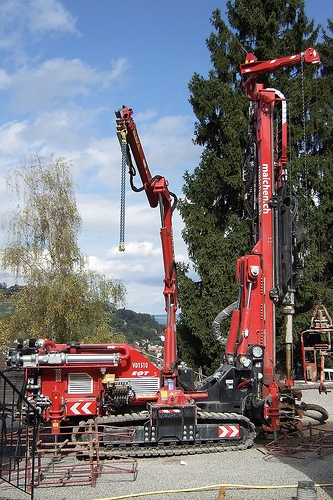
Universal joints (u-joints), and constant velocity (CV) joints are simply types of couplings that connect drive lines together so that they can provide power at different angles. Whether the application is for the auto industry, on the farm or in construction, these two couplings perform the same job, but in much different ways.
The concept of the u-joint has been around for hundreds of years, although the first American patent didn't appear until 1884. A u-joint is commonly thought of as the coupling on automotive drive shafts where slight angles are present. Even though auto makers have used u-joints since Henry Ford's days, it has not been without problems. The goal of a drive shaft coupling is to spin each drive line at exactly the same speed, but as soon as angle is introduced, the rate of rotation changes slightly. Too much angle will result in violent shaking and vibration, and eventual self-destruction.
When front-wheel-drive cars were introduced, it was quickly discovered that the increased turning angles made u-joints impractical; they simply could not handle the variation of the transmitted speed. It was because of front-wheel drives that CV joints were invented. Because CV joints consist of a ball joint pressed into a socket, they are able to withstand much greater torque angles. But CV joints are not without their problems. Regular inspection of the rubber seal boot is important, as they will quickly fail if damaged, and loss of grease results.
For decades farmers have used tractors equipped with power take off (PTO) devices for drilling post holes or wells. This type of machinery is extremely dangerous, especially when angles are introduced, causing u-joints to snap under the strain. The CV joint has helped to make the drilling somewhat safer because they can better handle the angles.
It's really not a question of which joint is better; rather, which one do you need for the job at hand? In the case of automobiles, the manufacturer will design the drive lines and steering to be equipped with the proper joint. For construction machinery or farm equipment, operators have the ability to change between a u-joint and a CV joint, depending on the job at hand.
CV joints cost more than u-joints, but if you constantly have to replace broken u-joints, then the CV joint may be the answer. The CV joint operates more efficiently than the u-joint. Extra care must be taken when using a u-joint, as anytime an angle of 30 degrees or more is encountered, there will be violent shaking and probably catastrophic failure.